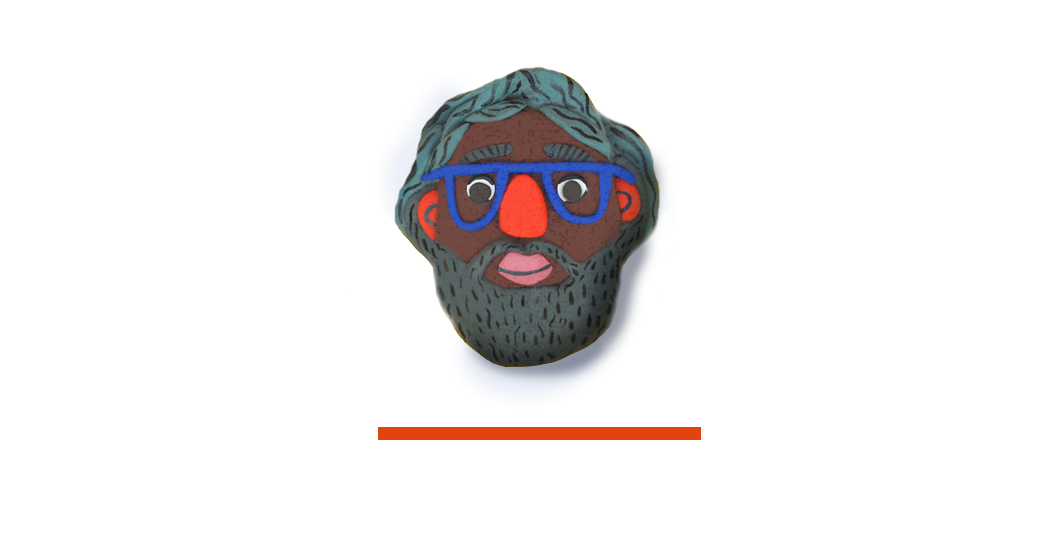

Principals.
Almost all of us have to deal with them in some capacity throughout our lives—whether as children ourselves, or as parents later in life. I can recall the blurry presence of amorphous school principals throughout primary school, standing awkwardly at school assemblies, or greeting us students as we tumbled in the front doors every morning. As a child, I knew they were of some importance to my teachers at least, the omnipresent forces that governed every aspect of our days. But to me they were largely insubstantial. Innocuous, but irrelevant.

It wasn’t until I had my own children that I began to fully appreciate the weight of the principal in the life of a school—the way they can support teachers, students, and families towards greater social and academic achievement, or be just another institutional barrier to building true community. Indeed, according to a report from the Southern Education Board: “a principal can impact the lives of anywhere from a few hundred to a few a thousand students during a year.”
I asked some community members around Minneapolis to share their thoughts on what transformative leadership in principals looks like, what it doesn’t look like, and what it should look like across Minneapolis Public Schools, and got some very interesting answers.

Chaun Webster, a writer and father of a second and third grader, said that Mauri Friestleben, the principal of Lucy Craft Laney at Cleveland Park Community School, is an effective and caring community leader. “[Our kids] love their school, enjoy going there, feel safe, have peers and teachers and administration who love their whole developing beings there,” says Chaun. “Mauri and her team, listen, and respond in kind, and this is quite different than the reactionary tendency in other schools that see critique as a threat.”
Maria Asp, program director of the Neighborhood Bridges Program at Children’s Theatre Company, works in schools across the district. She agrees with Chaun’s assessment of Mauri. “I teach every fifth grade class at Lucy Laney. They have a great principal,” she says.
“She’s in the halls, she comes in and watches what we’re doing, she greets every student and knows every student’s name. She’s really involved. She’s not trapped between a screen on a desk. You can tell she genuinely cares about those kids.”
“You can feel when you’re in one of those schools—the teachers feel supported.”
Shannon Nordby, a 23-year veteran science teacher at Roosevelt High School, says that the ability to support teachers and hold them accountable is essential in a principal. She names Jackie Hanson, a principal at Anthony Middle School during the 13 years Shannon taught there, as the best principal she’s seen. “She supported me by connecting with me—stopping by my room to chat, calling me into her office to go over unit plans or student achievement, and by coming to team meetings.”
Shannon also appreciated Jackie’s open-door policy and her openness to constructive criticism. “She didn’t retaliate if you didn’t agree with her,” she says.
Carol Markham-Cousins learned the hard way that collaboration is essential for principals trying to affect real, systemic and lasting change. Many believe Carol was ousted from her principal role after trying to get rid of the racially-biased tracking system at Washburn High School. “As a principal, you cannot do this alone. I had a taste of that, but I honestly felt that I didn’t really have a team at the district level,” she says. “That was a fault of mine—not getting them truly involved. Because when the going got tough, the pressure on my associate superintendent and area superintendent was just too great.”

Both Carol and Crystal Spring, a theater arts teacher at Washburn, said that all MPS principals should have a solid grounding in social justice, and what that actually looks like in schools. “[You need] someone who is willing to think outside the box, someone who is willing to challenge the status quo, someone who’s willing to challenge whiteness,” Crystal says. “There’s so much fear from the administration about taking a stand and holding people accountable.”
Carol has taken some lessons of her own from her experience. “If you’re going to be a leader in public education, you have to understand very, very clearly what access is, and what inclusion is,” she says. “Access is not just, ‘Well, you can if you want.’ Inclusion is not just, ‘Oh, we’ve got these kids in our schools.’ My question is, ‘Where are those kids?’ How can you remove whatever labels you may have, but look at that individual? That’s probably the hardest thing to do. The job of a principal is really about providing the context for the educators so that the students are able to work to their fullest potential.”
Carol believes that the MPS leadership and administration still have a long way to go in this regard.

“I’m still baffled by the lack of courage,” she says. “I think courage has a lot to do with it. Understanding has a lot to do with it.”
Contributors